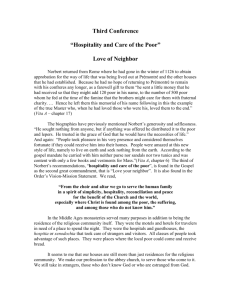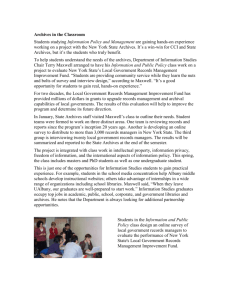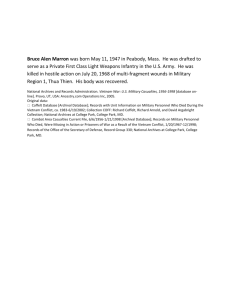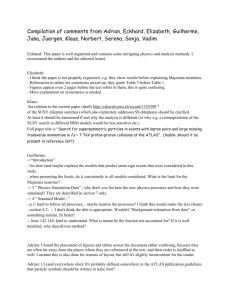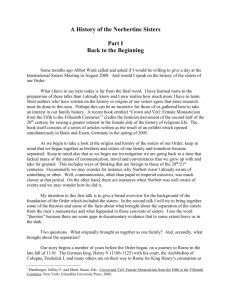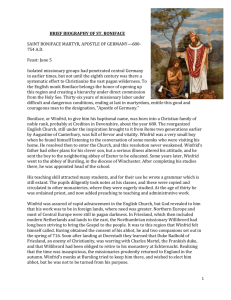Full Size
advertisement
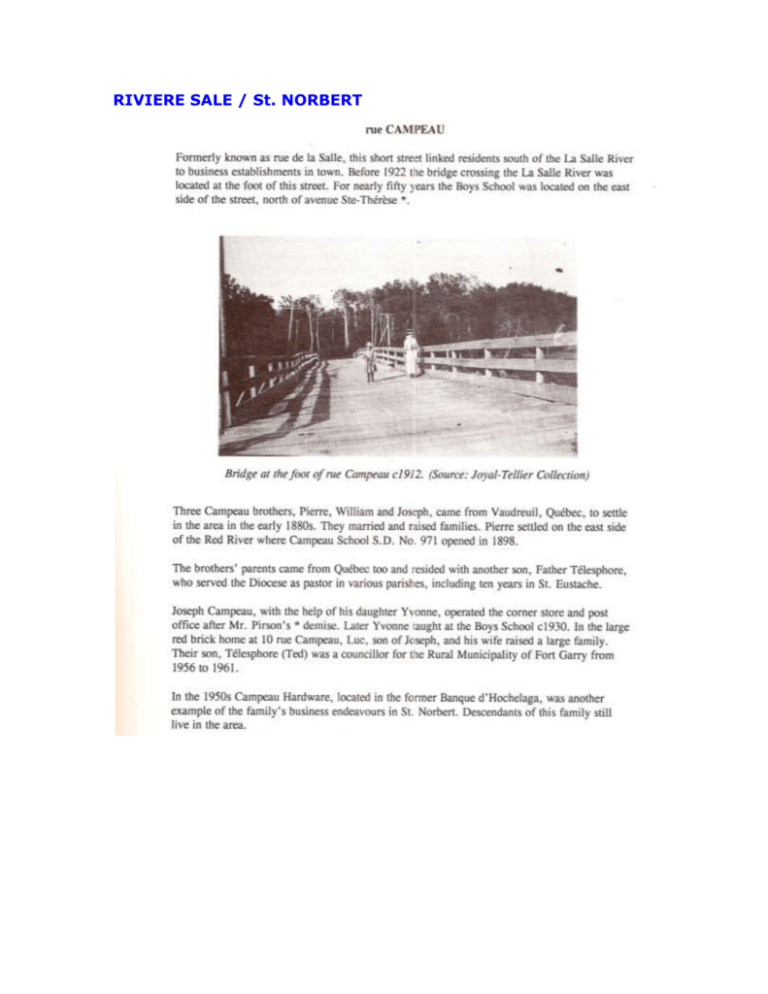
RIVIERE SALE / St. NORBERT Main Street St, Norbert 1900 Shops in the main street in St. Norbert 1900. From left to right, the Laporte family, owners of the Schwartz forge, the meat market Hyacinthe Brisebois, and the house Brisebois. This area south of the Red River Settlement at the point where the Rivière Sale (Dirty River) enters the Red River was, in the 1700s, a seasonal gathering place for Metis because it was the best fishing area in the country. In July and August it was swarming with burbot, jackfish, carp and catfish. The community became a year round establishment between 1822 and 1825 by former fur trade employees who settled there with their Metis families. For many years their primary occupations were the buffalo hunt, subsistence farming and cartage via the cart routes that radiated out in all directions from the Red River Settlement. Every year the people from the surrounding area would join the Metis from St. Norbert to journey up the Rivière Sale and on to the buffalo hunting grounds along the Missouri River. They would travel as far as the first range of the Rocky Mountains. They would then return along the Cheyenne River in North Dakota and at the point it joins with the Red River head north again. In the winter this same group would travel to the west to the Lauder Sand Hills on the Souris Plain, a wintering spot for bison. Many of the St. Norbert families also had homes at Oak Lake, just north of the sand hills. In 1857 Msgr. Tache established the St. Norbert area as a parish, which he named in honour of Msgr. Norbert Provencher, the first bishop of St. Boniface. It was in St. Norbert that Louis Riel organized the first Metis resistance movement of 1869-70. The Rivière Sale was also renamed as the La Salle River after René Robert Cavalier de la Salle who explored in the Louisiana area and up the Mississippi River. Ave De L’Eglise Centre du patrimoine Website Collection St. Norbert, seen from the east side of the Red River in 1911. From left to right: presbytery built in 1905; the church and rectory dependencies; the church built in 1883, burned down in 1929; the convent built in 1874 and its dependencies; the 1904-1905 convent incorporating the 1889 convent; Joseph Turenne home built in 1871. Archives of the Historical Society of St. Boniface, Collection of the St. Boniface Museum, MSB 003 Photograph of the interior of the church of St. Norbert built in 1883 and whose Ritchot is very proud. The paintings that decorate the sanctuary are the work of Franco-Manitoban artist Constantin Tauffenbach Alsatian strain. Archives of the Historical Society of St. Boniface General Collection SHSB, SHSB 2263 The presbytery of Ritchot 1890. We see the building before the pastor of St. Norbert with his long white beard. The rectory was destroyed by fire a few months before the death of Ritchot in 1905. Archives of the Historical Society of St. Boniface, Alida Laporte Fund Gendreau and Claire Bartmanovich Gendreau, SHSB 26080 The fanfare of St. Norbert in 1890. Archives of the Historical Society of St. Boniface, Alida Laporte Fund Gendreau and Claire Bartmanovich Gendreau, SHSB 26079 View of the bridge crossing the La Salle River to provide access to the Trappist monastery, 1907. The bridge was built by the Trappists when they established the Notre-Dame-des-Prairies in 1892. Archives of the Historical Society of St. Boniface, Alida Laporte Fund Gendreau and Claire Bartmanovich Gendreau, SHSB 26086 The home of Arthur Champagne family is destroyed by a tornado that touches St. Norbert in the summer of 1907. According to oral tradition, the cradle miraculously remained in place and the baby was found unharmed, on a pile of manure. Archives of the Historical Society of St. Boniface, Alida Laporte Fund Gendreau and Claire Bartmanovich Gendreau, SHSB 26085 The class of 7th and 8th divisions of the Convent of St. Norbert in 1908. For over a century, that is to say from 1858 to 1970, the Grey Nuns are responsible for the education of children and later for girls St. Norbert. Their convent is then transformed into nursing home. Archives of the Historical Society of St. Boniface, Alida Laporte Fund Gendreau and Claire Bartmanovich Gendreau, SHSB 26089 An event out of the ordinary at St. Norbert. In 1920, the two-storey house of Zacchaeus Laporte family moved from the farm to the village on a lot of cars pulled by a team of horses. In the foreground, the Laporte store gasoline distributor. Archives of the Historical Society of St. Boniface, Alida Laporte Fund Gendreau and Claire Bartmanovich Gendreau, SHSB 26073 Asylum Ritchot in 1922. The building to the right is the former home Lemay. The Sisters of Mercy to open an orphanage in 1904. The construction of the new building, left, goes back to 1912. Archives of the Historical Society of St. Boniface, Alida Laporte Fund Gendreau and Claire Bartmanovich Gendreau, SHSB 26098 Students of the Convent of St. Norbert ascend several theater productions in the 20th century. In this photo, the actresses of Marie Antoinette cake in 1937 under the direction of Ms. Houde. Archives of the Historical Society of St. Boniface General Collection SHSB, SHSB 5139 http://shsb.mb.ca/au_pays_de_riel Map Shows were bridge crossed the La Salle in 1869
